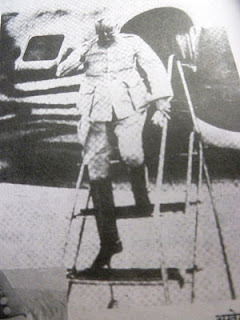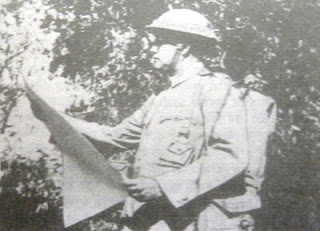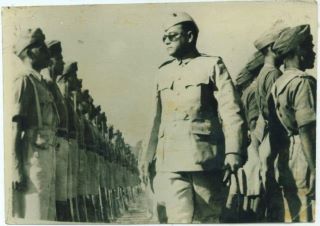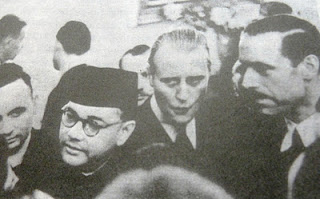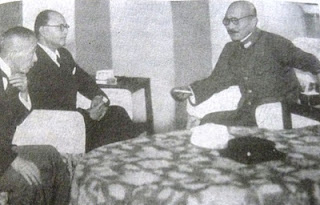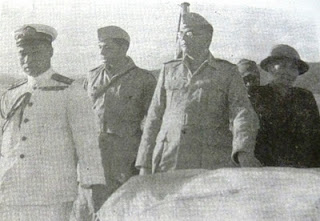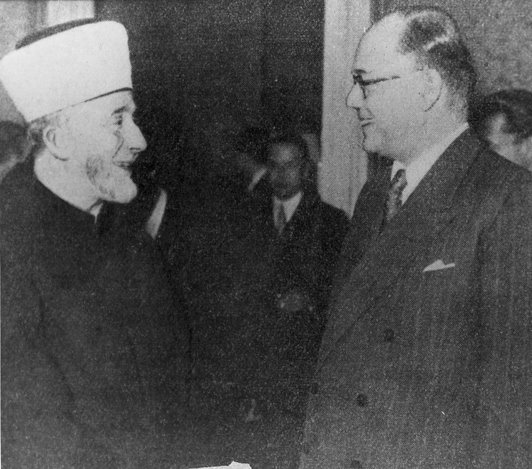The Indian National Army (INA) or Azad Hind Fauj was an armed force formed by Indian nationalists in 1942 in Southeast Asia during World War II. The aim of the army was to overthrow the British Raj in colonial India, with Japanese assistance. Initially composed of Indian prisoners of war captured by Japan in the Malayan campaign and at Singapore, it later drew volunteers from Indian expatriate population in Malaya and Burma.
Initially formed in 1942 immediately after the fall of Singapore under Mohan Singh, the first INA collapsed in December that year before it was revived under the leadership of Subhas Chandra Bose in 1943 and proclaimed the army of Bose’s Arzi Hukumat-e-Azad Hind (The Provisional Government of Free India). This second INA fought along with the Imperial Japanese Army against the British and Commonwealth forces in the campaigns in Burma, Imphal and Kohima, and later, against the successful Burma Campaign of the Allies. The end of the war saw a large number of the troops repatriated to India where some faced trial for treason and became a galvanising point of the Indian Independence movement.
The legacy of the INA is controversial given its associations with Imperial Japan, the course of Japanese occupations in Burma, Indonesia and other parts of Southeast Asia, its alliance with Nazi Germany and Fascist Italy, as well as Japanese war crimes and the alleged complicity of the troops of the INA in these. Also, its relative insignificance in military terms, its obvious propaganda value to the Japanese, as well as wartime British Intelligence propaganda of cowardice and stories that associated INA soldiers in mistreatment of captured Allied troops, to some extent mires the history of the army. However, after the war, the Red Fort trials of captured INA officers in India provoked massive public outcries in support of their efforts to fight the Raj, eventually triggering the Bombay mutiny in the British Indian forces. These events in the twilight of the Raj are accepted by historians to have played a crucial role in its relatively rapid end.

